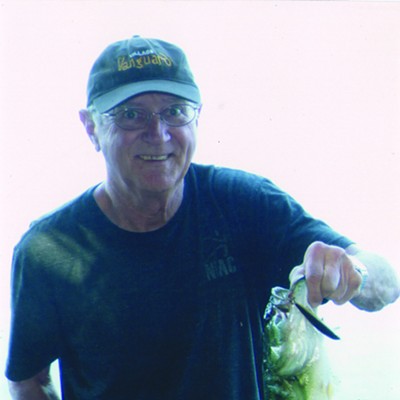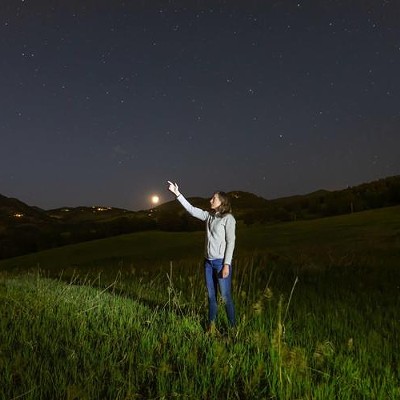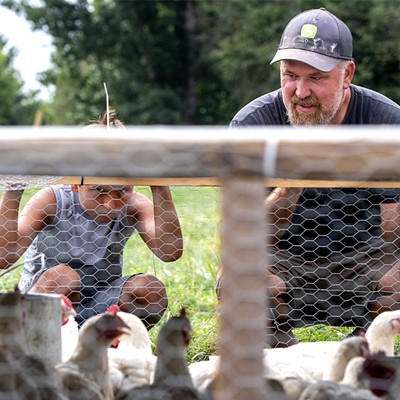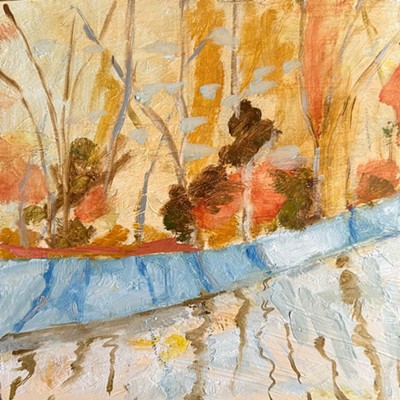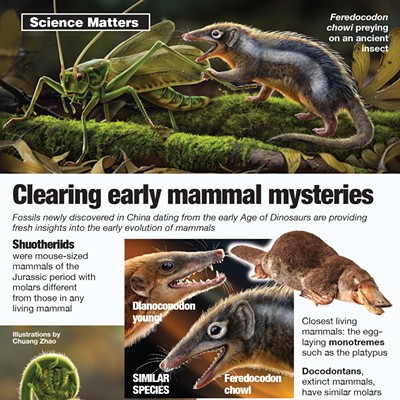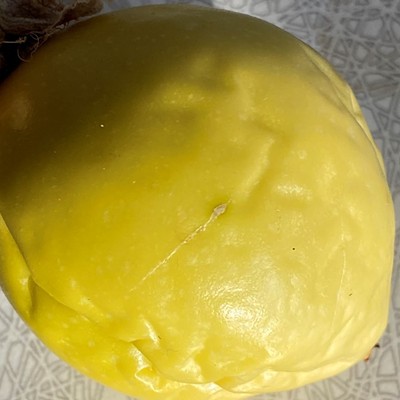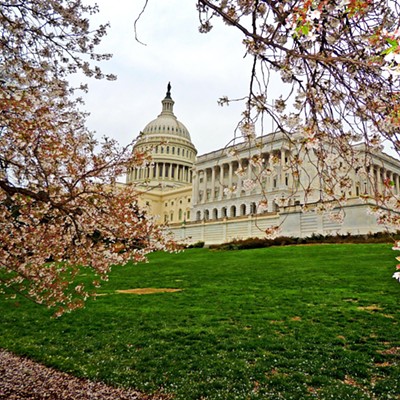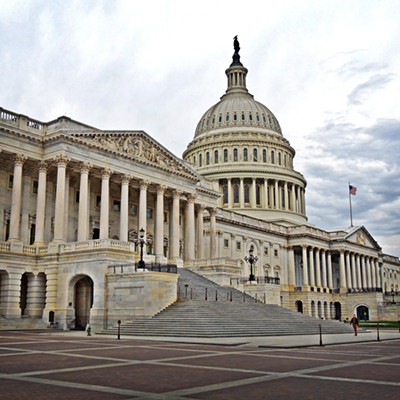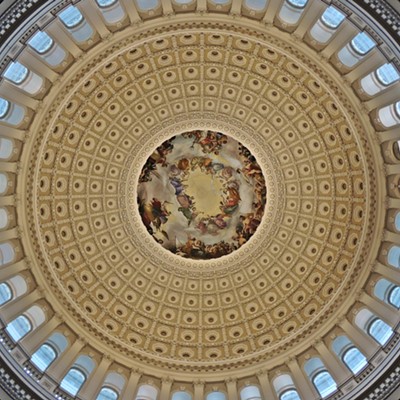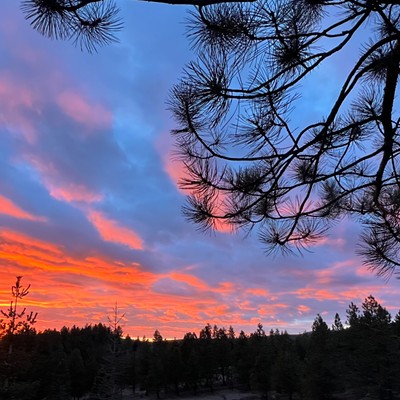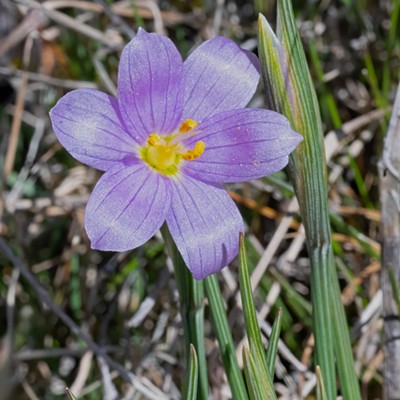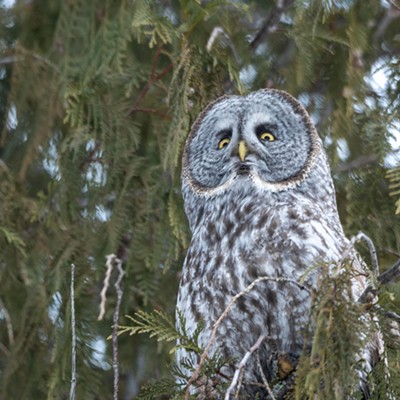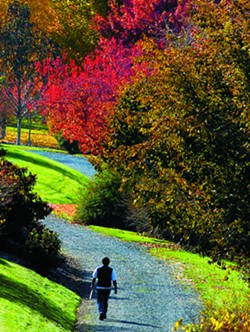
Not everyone who flocks to the University of Idaho campus on a warm fall weekend is there for football. Some are looking for color and activity of a different sort — in the Arboretum and Botanical Garden.
The arboretum’s fall colors draw numerous visitors every year, said Paul Warnick, arboretum horticulturist. He is leading a tour of the space, hosted by the Idaho Native Plant Society, on Sunday.
Sunday’s tour will focus on the specimens in the collection that are native to the region. The beginnings of early fall color are expected, with fruits, berries and fall-flowering plants adding vivid color of their own. The tour group may also see the bright reds and oranges that appear on a variety of quaking aspen — aspens usually have yellow fall leaves. The variety was found in southeast Idaho and brought to the arboretum collection by the late Ray Boyd, a founder of the White Pine chapter of the plant society.
The arboretum sits at the south end of the campus and is divided into geographic regions, featuring native specimens from each. You’ll find Colorado blue spruce from Western North America, centennial oaks from Eastern North America, flowering crabapples from Asia and Norway maples from Europe, along with numerous other trees, shrubs and plants.
As well-planned as it may appear, the arboretum may more be the result of a series of unlikely but fortunate events, said Warnick.
The first chance event occurred in the 1970s when a group of professors expressed concern about the lack of plant diversity on campus. This was long before “diversity” was commonly used on campuses, Warnick said. It happened that the school had a piece of land that suited no obvious use, so the president quickly approved it for an arboretum.
It also happened that the UI was looking for fundraising projects at the time and through its efforts, a landscape architect developed a plan to create entire ecosystems within the arboretum that represented separate geographical areas. The first trees were planted in 1982 by the Moscow Rotary Club and hand-watered by volunteers for the first several years — another remarkable fact, Warnick said.
For the first five years, Warnick said, “everyone was in charge and nobody was in charge.” Had that management structure continued, it would likely have deteriorated. But in 1987, as a result of contentious university politics, Dr. Richard Naskali was appointed arboretum director. Though it wasn’t a position he had sought, he threw himself into the work.
“It became his total life, his total passion,” Warnick said. “I firmly believe that had he not been appointed arboretum director, it never would’ve happened.”
Because of university policy, every plant or material in the place had to be donated. Knowing it would be difficult to find donations for “an Asian grassland,” Naskali primarily sought donations for single items, based on connections one might have to a specific plant. The result, while quite different from the original plan for entire ecosystems, was more achievable and realistic.
“I’m convinced now that it would be impossible. All those ecosystems would be competing with each other,” Warnick said.
Warnick doesn’t track visitors, but when he first arrived in 2000, the two garbage bins in the arboretum didn’t need to be emptied that whole first year. Now, after a nice spring or fall weekend, eight garbage cans need to be emptied.
The arboretum is open year-round from dawn to dusk — there is no lighting within the arboretum. Peak seasons are during the fall, when leaves change color, and in the spring, when the flowers bloom. Maps that identify tree species are posted in the space and a small brochure is also available. Restrooms are limited to a portable toilet and the golf clubhouse; drinking water is not available. Because the space is different from a park, there are a handful of use restrictions.
IF YOU GO
WHAT: Idaho Native Plant Society University of Idaho Arboretum and Botanical Garden Tour
WHEN: 1-3 p.m. Sunday
WHERE: 1200 West Palouse River Dr., Moscow
COST: Free. Parking is available at the south end of the arboretum on West Palouse River Drive. At the north end, three parking spaces are available for use in the golf course parking lot and parking is free on weekends and after 5 p.m. on weekdays.
NOTE: Pets are not allowed in the arboretum


